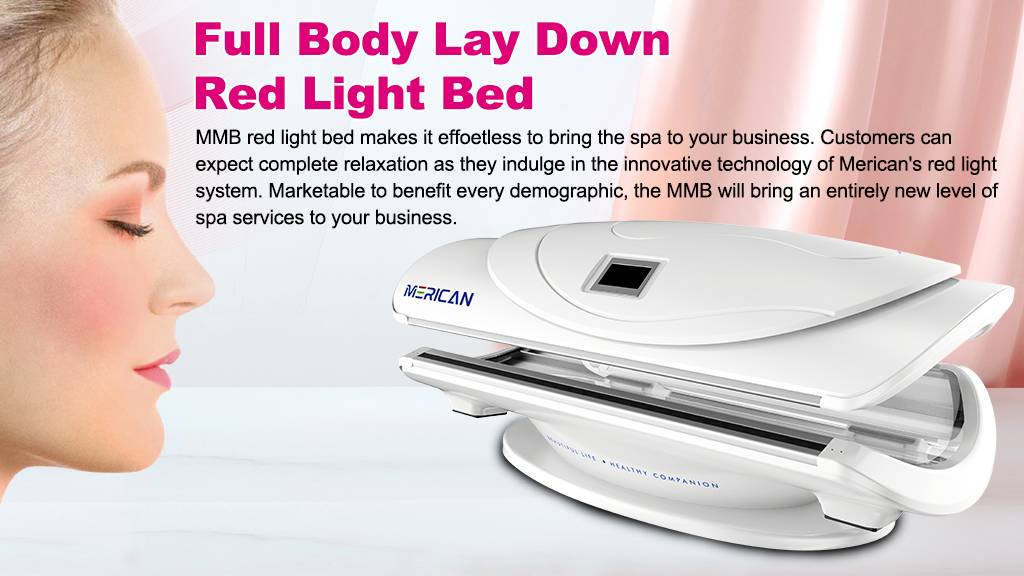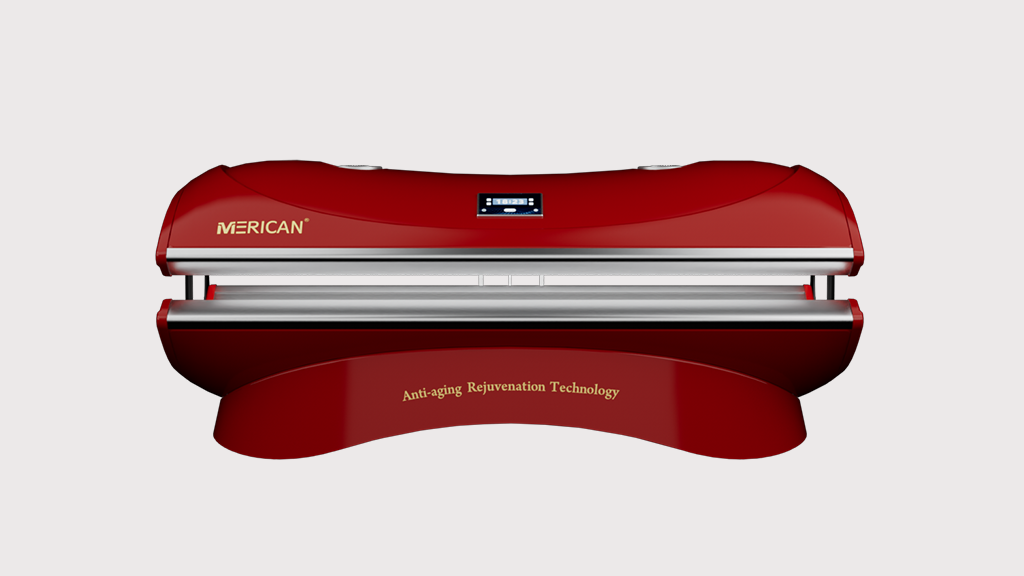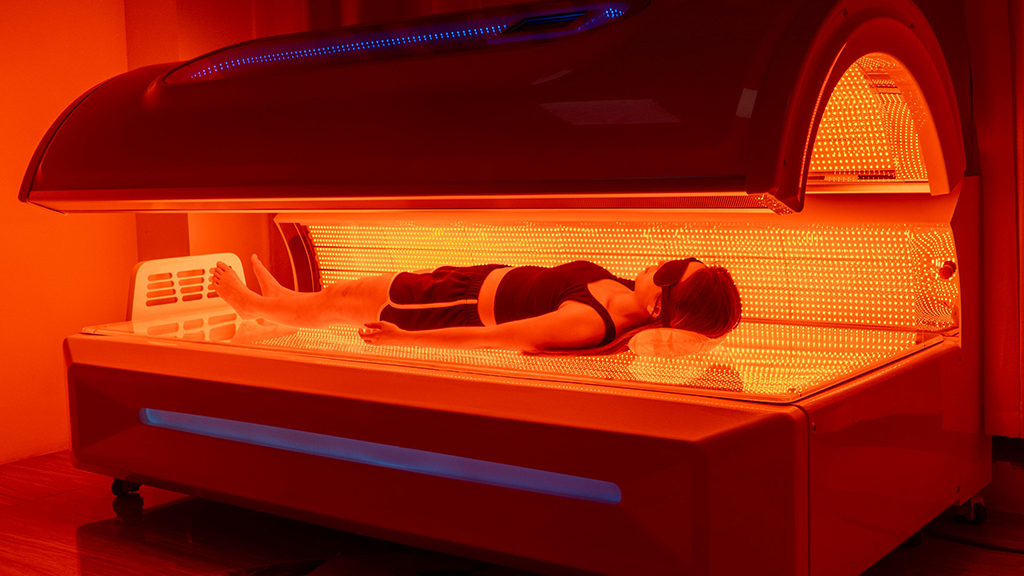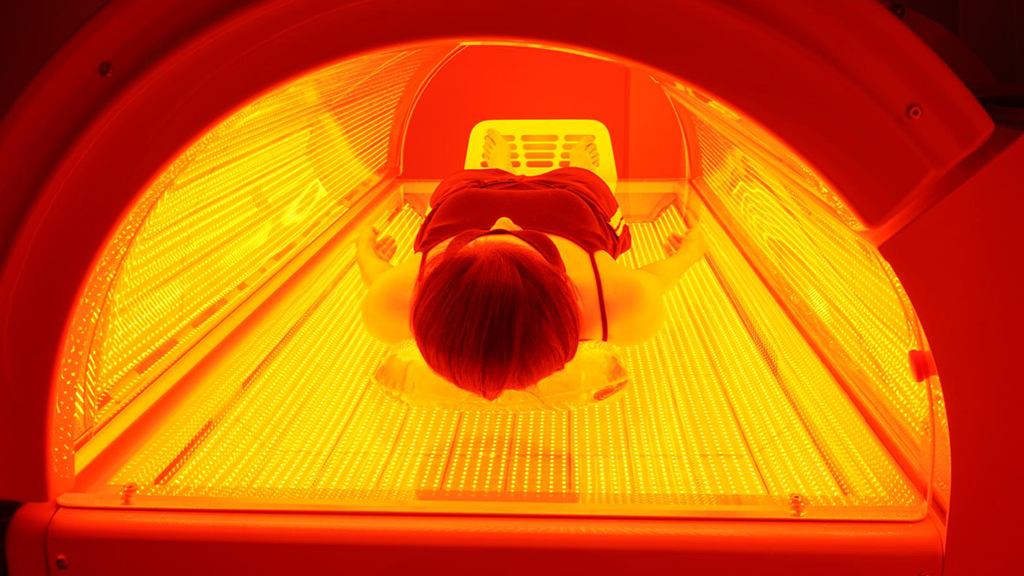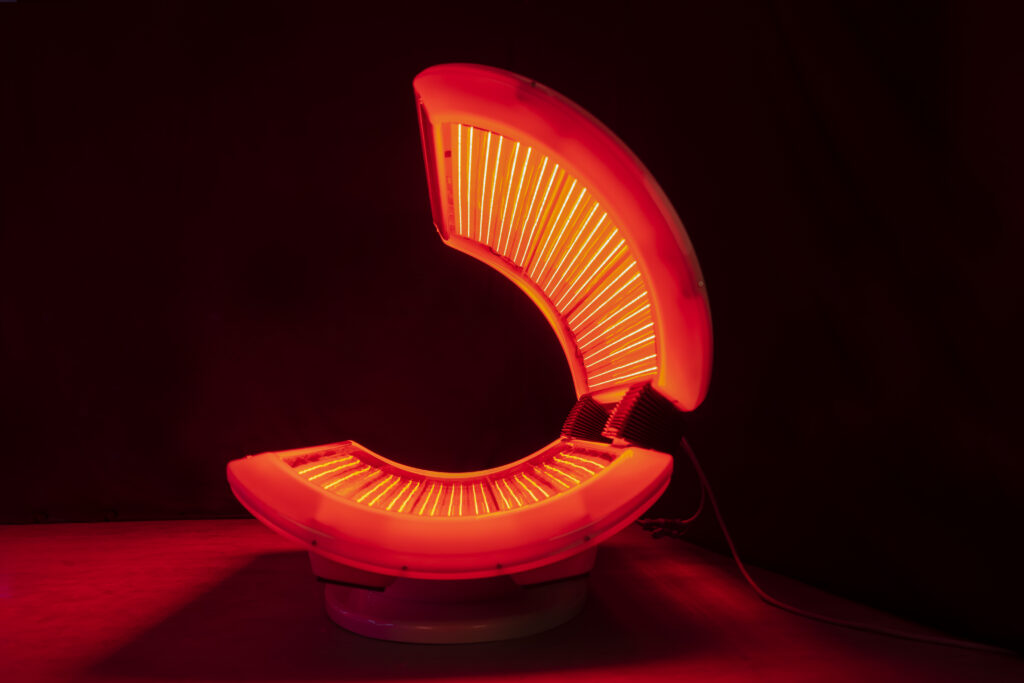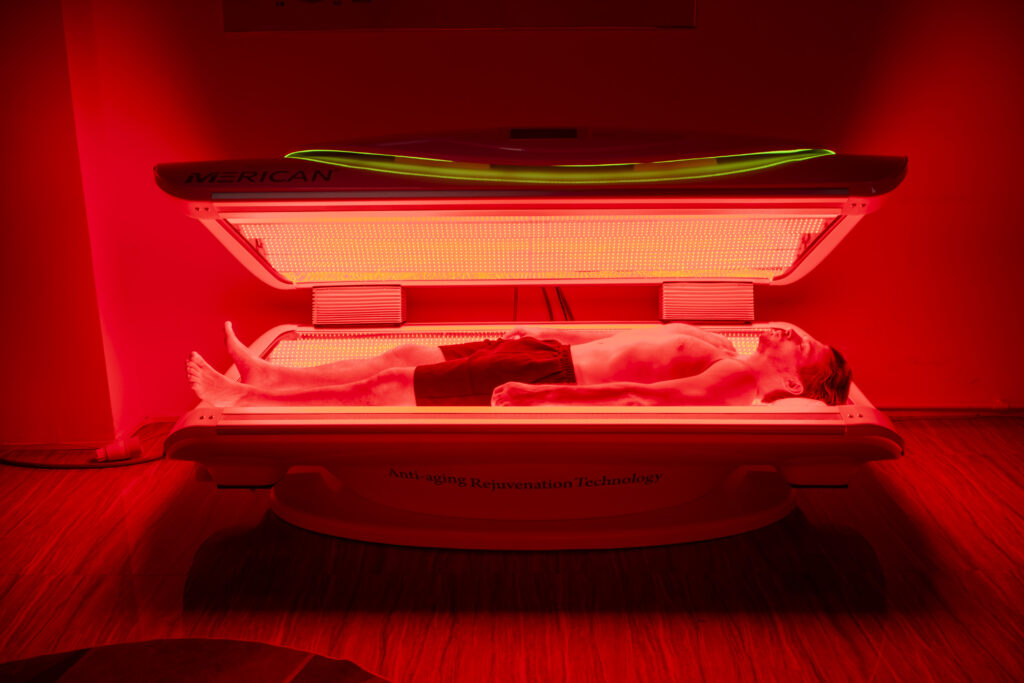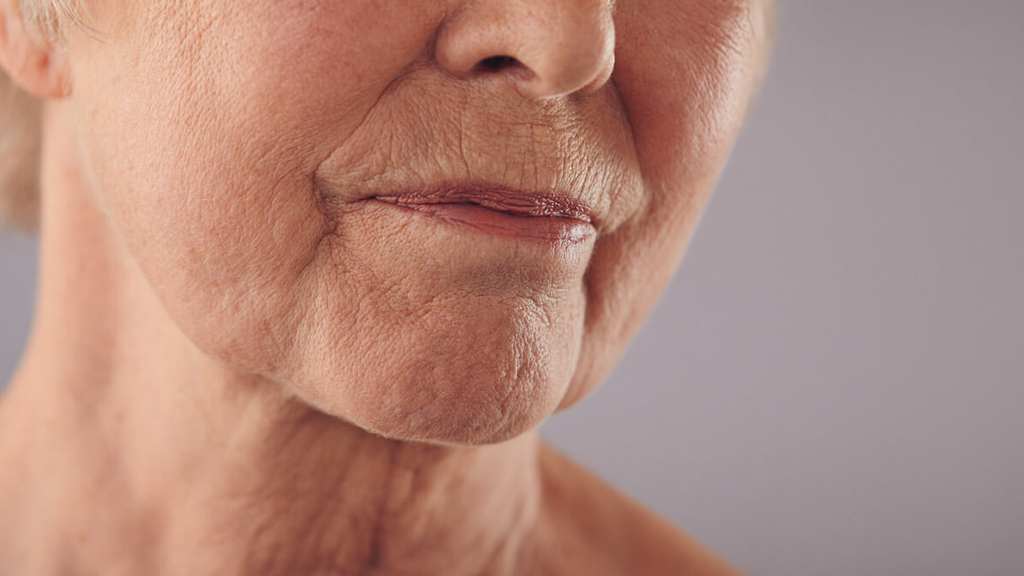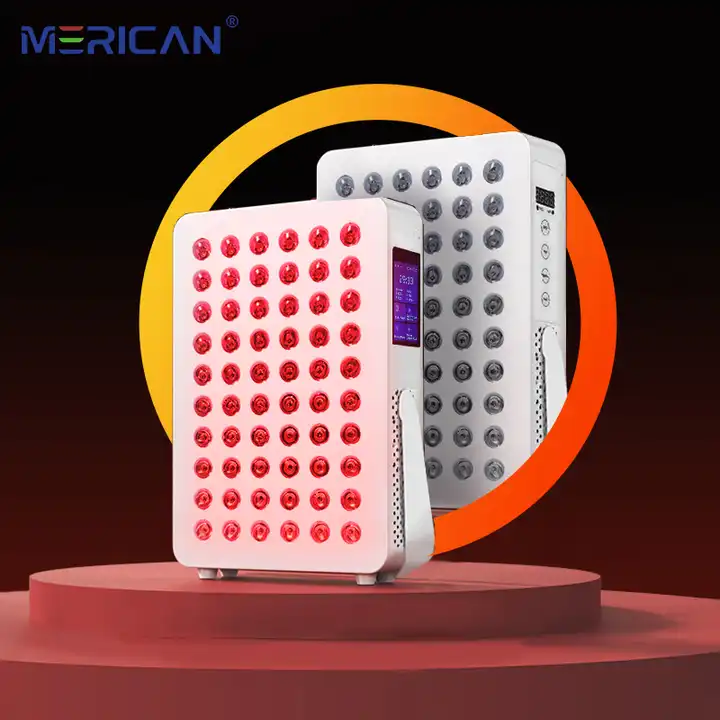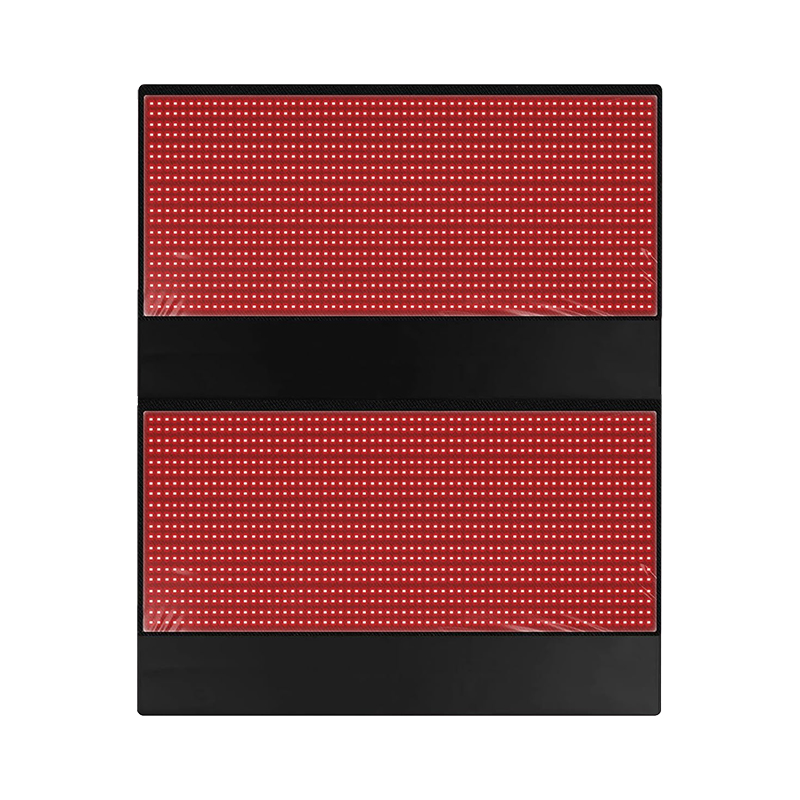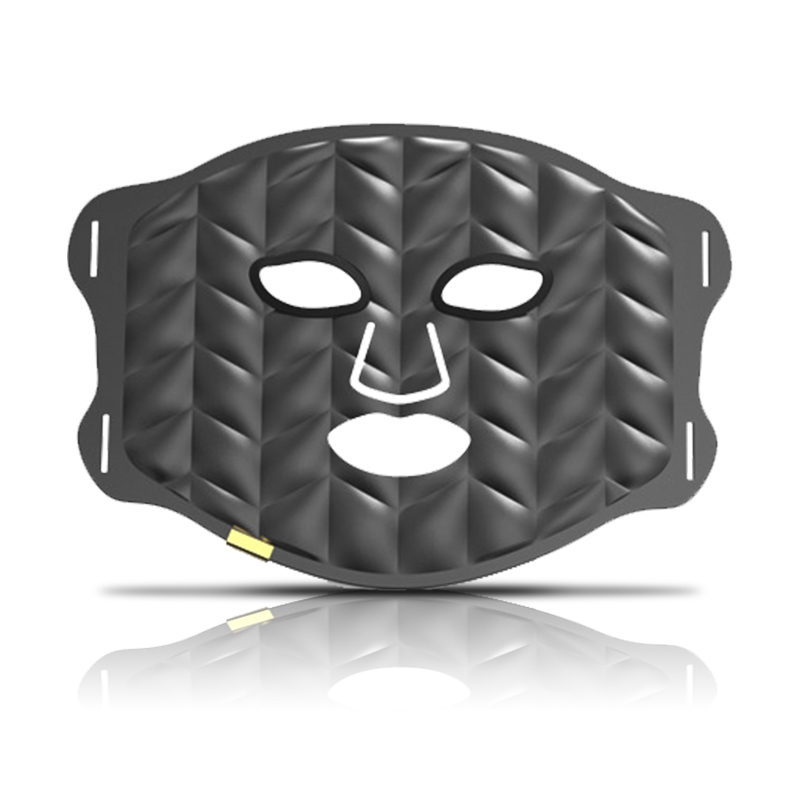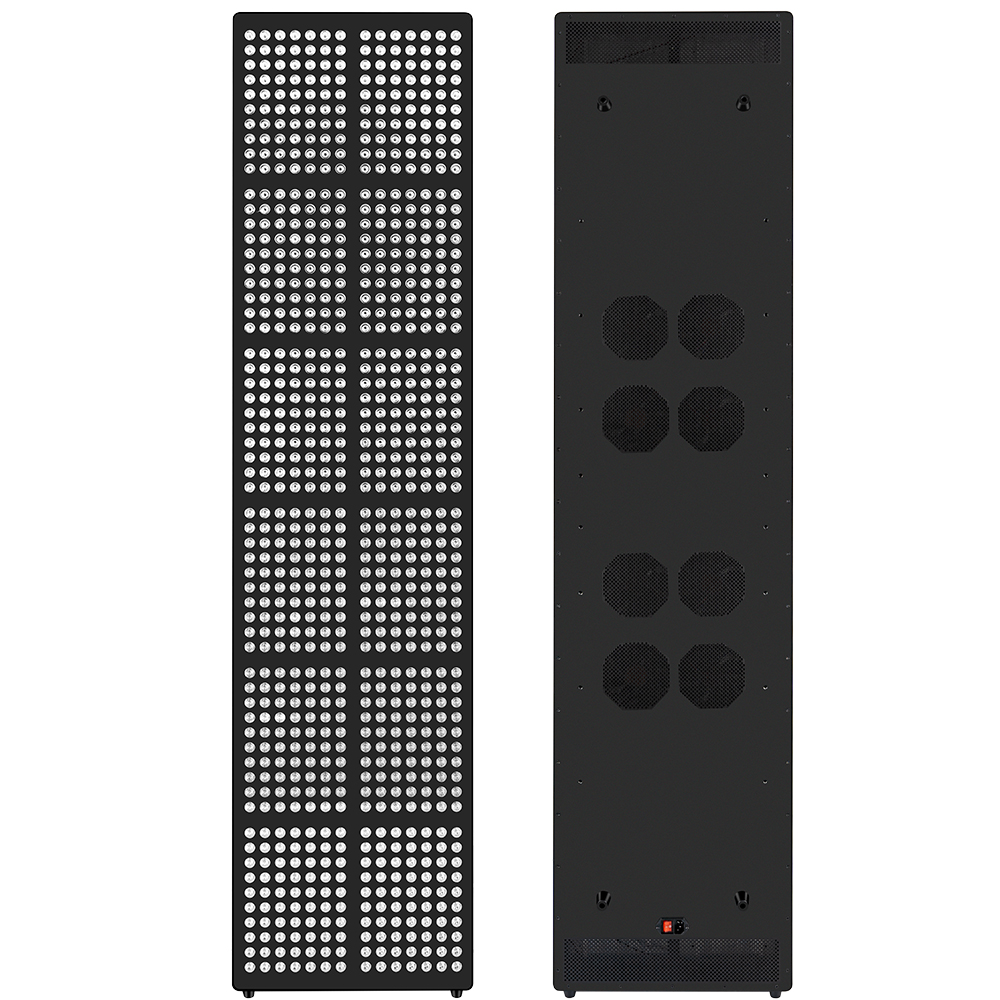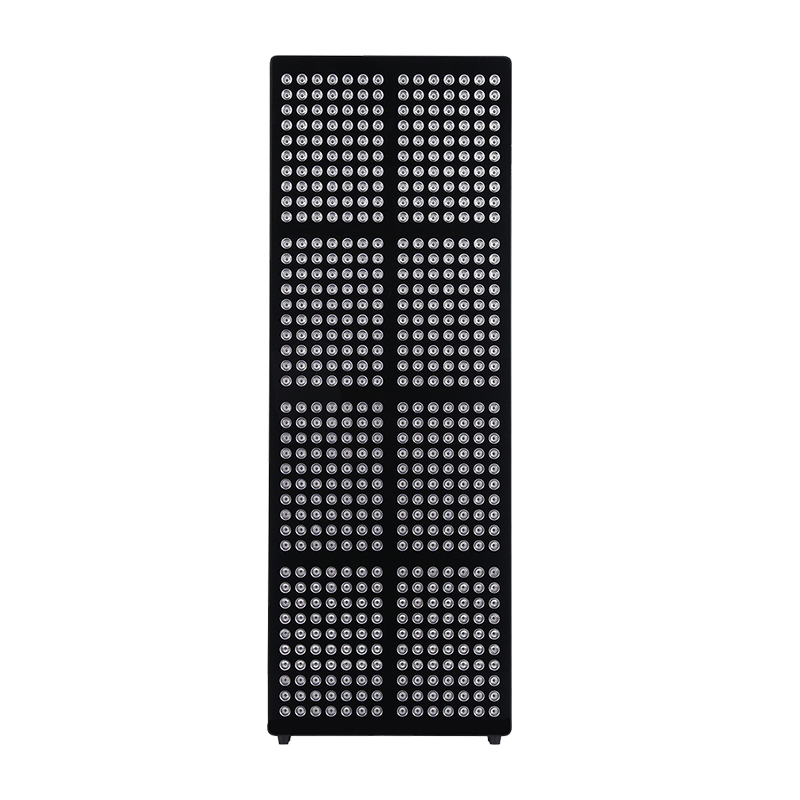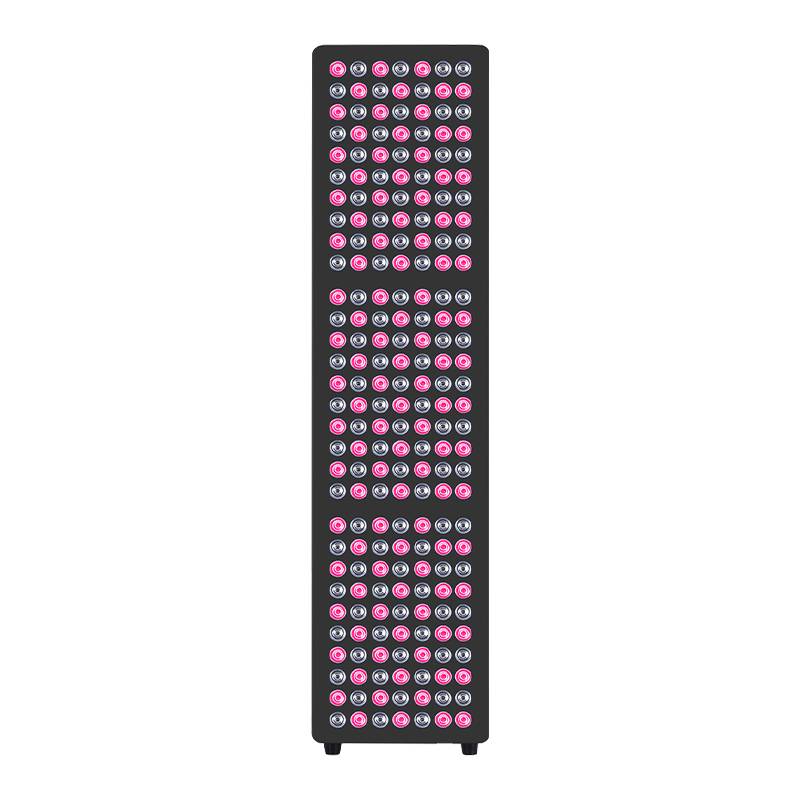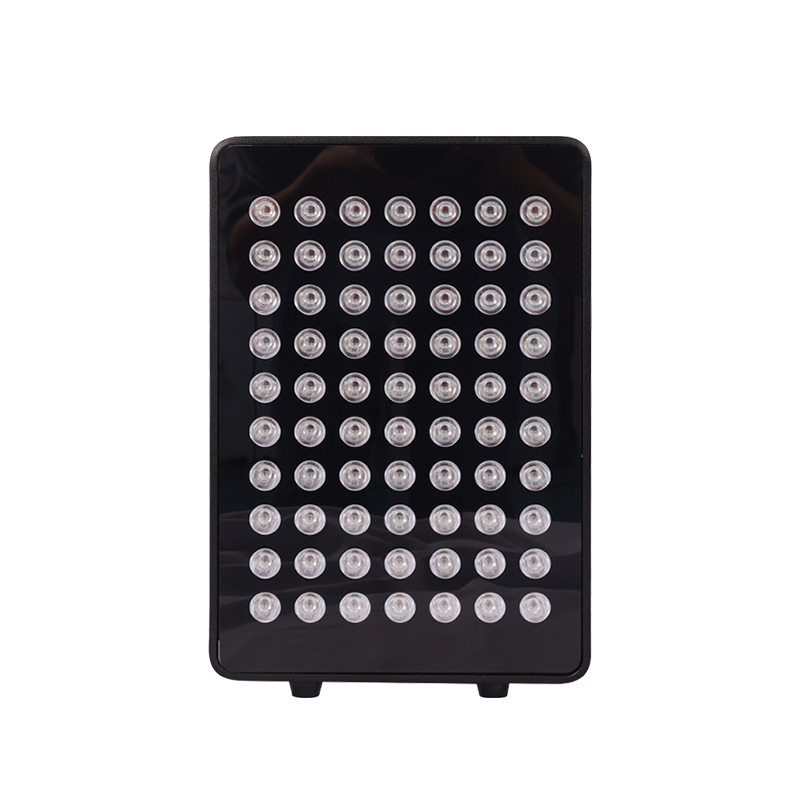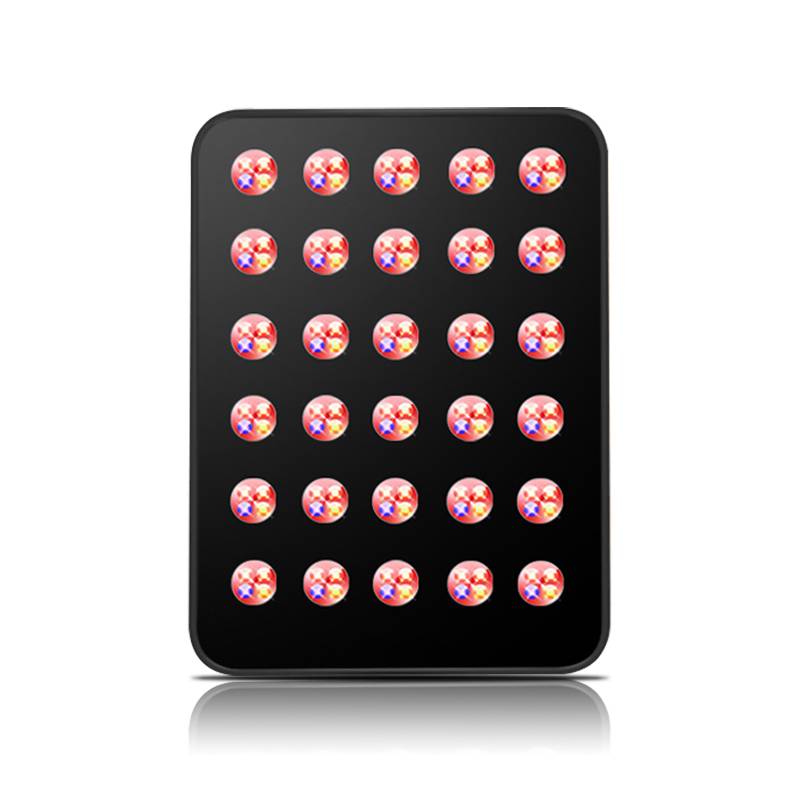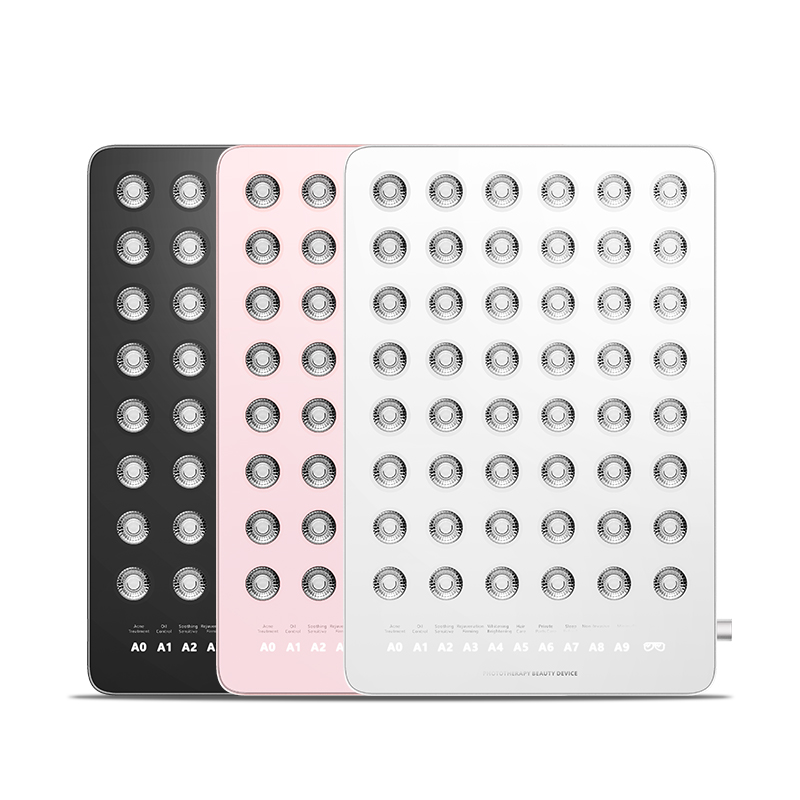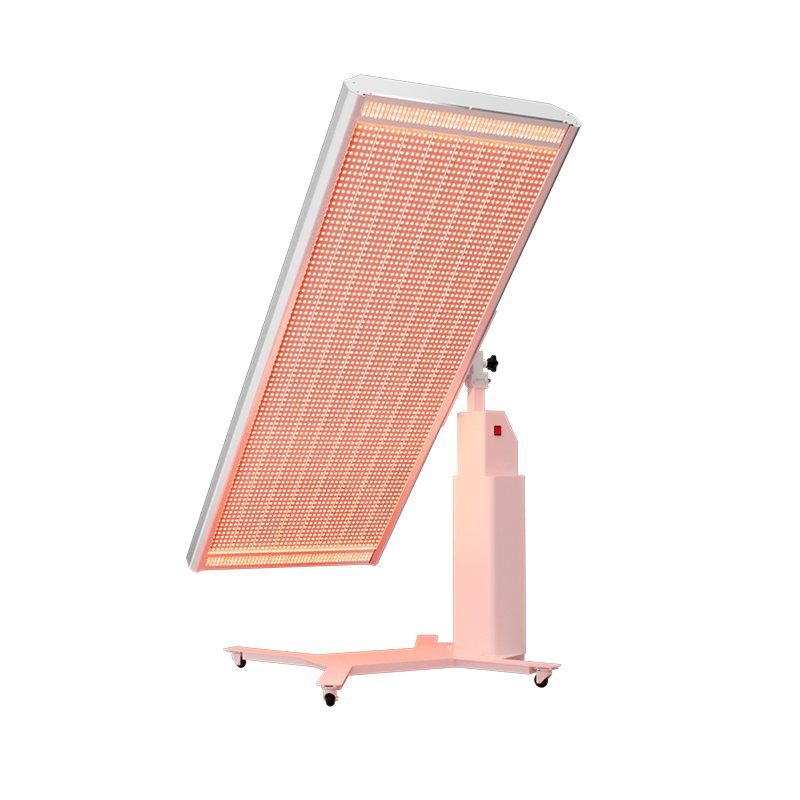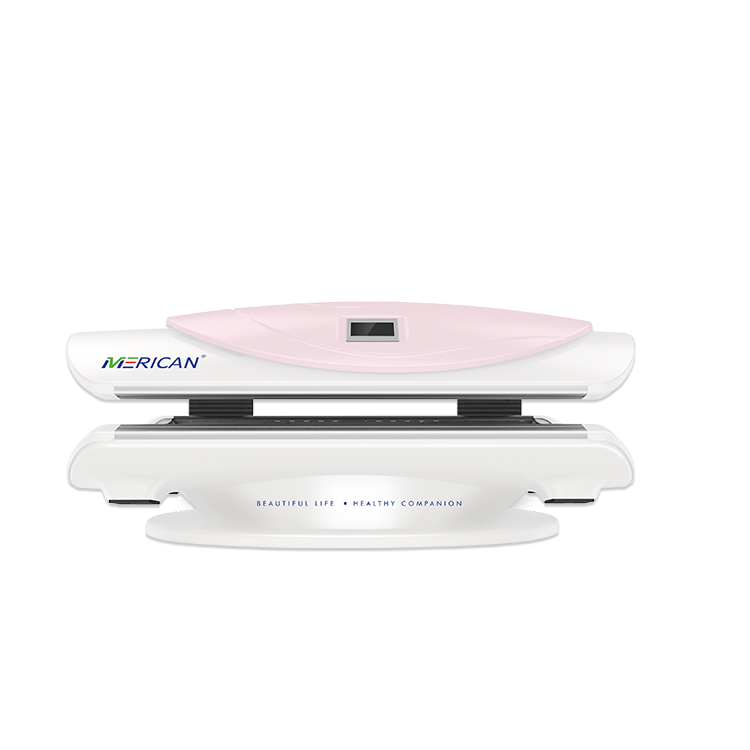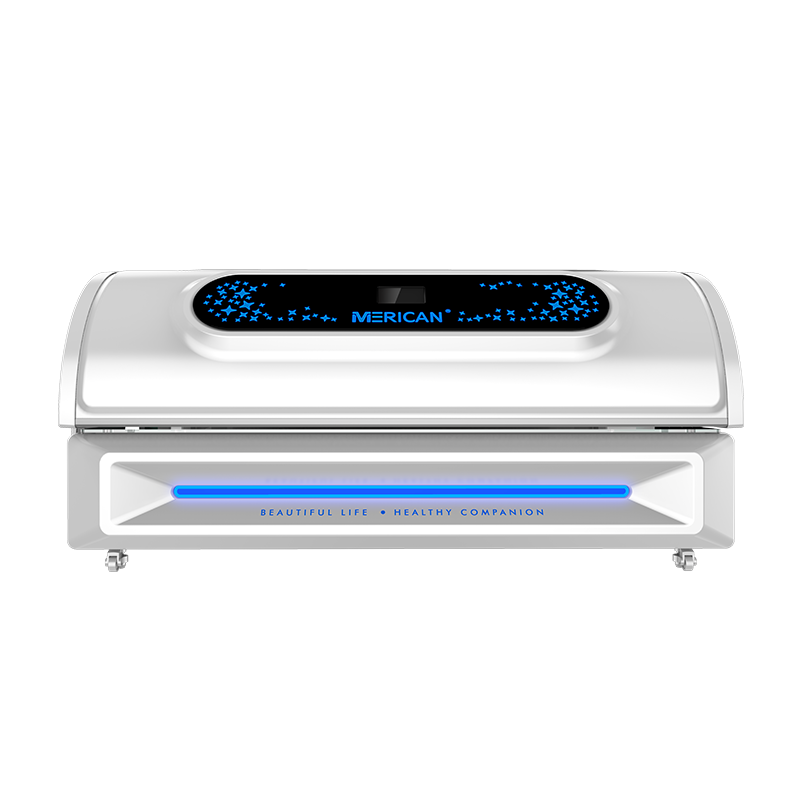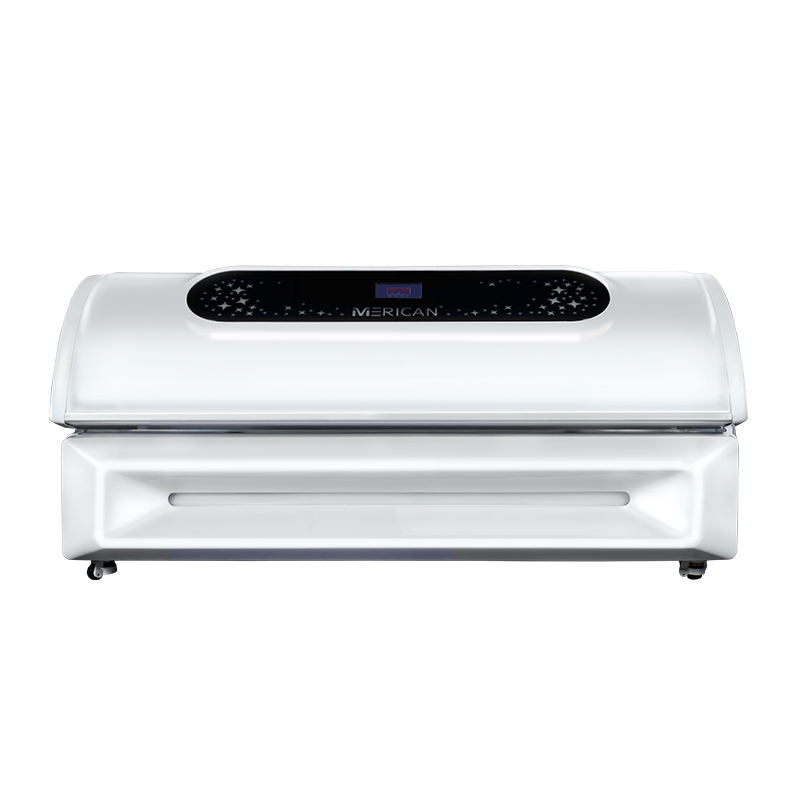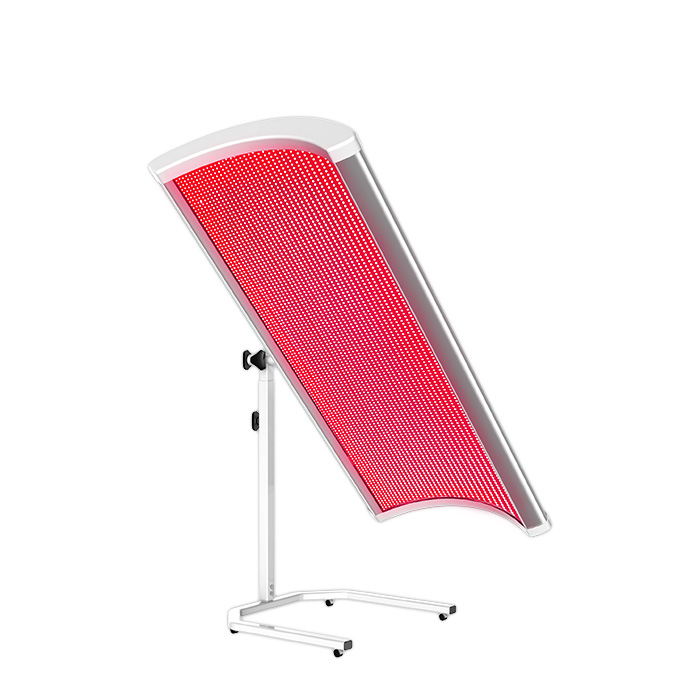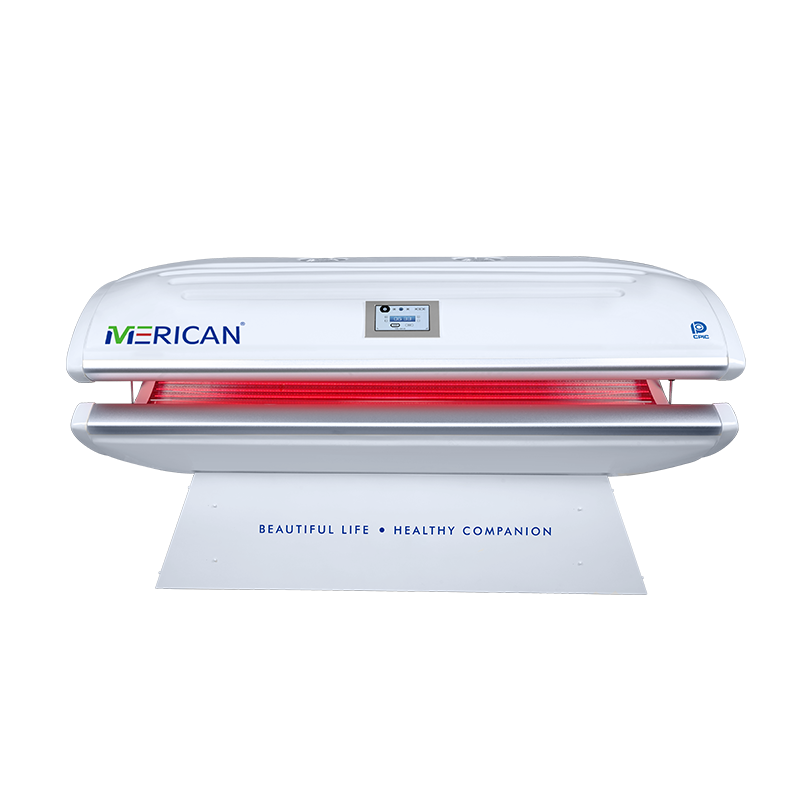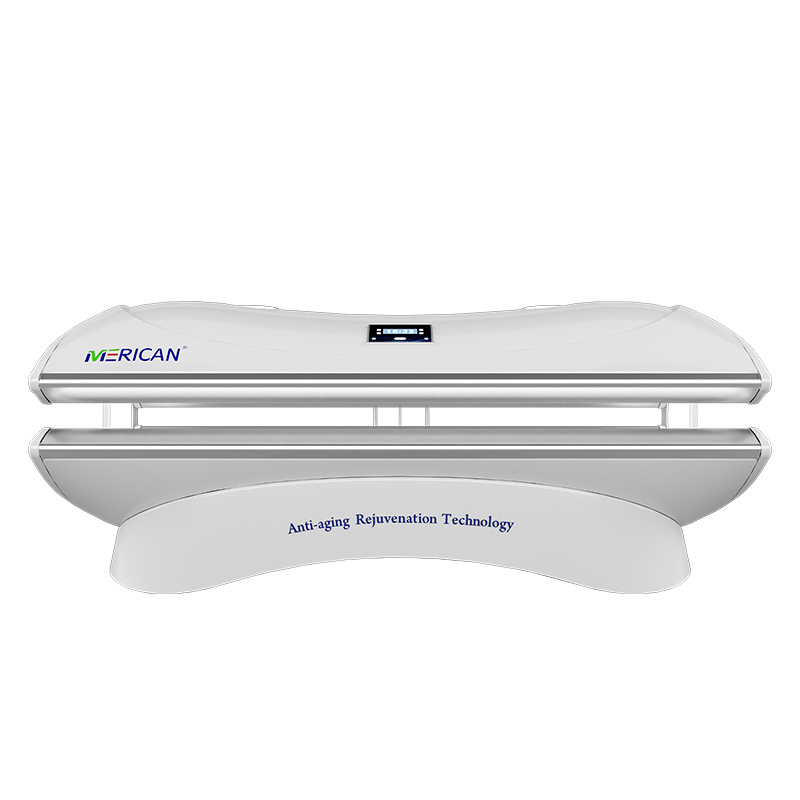A red light bed delivers red and near-infrared light to the body to stimulate natural biological processes in the skin, muscles, and cells. Its primary functions are:
1. Boosts Skin Health
- Stimulates collagen production, which can improve skin elasticity and reduce wrinkles, fine lines, and scars.
- Helps diminish redness, sun damage, and hyperpigmentation.
- Accelerates healing of skin wounds and reduces acne.
2. Promotes Muscle Recovery and Pain Relief
- Reduces inflammation by increasing blood flow to the treated area.
- Eases pain and stiffness in muscles and joints, often used for conditions like arthritis or chronic pain.
- Supports faster recovery from injuries or intense exercise.
3. Improves Circulation and Cellular Function
- Enhances blood flow, delivering more oxygen and nutrients to tissues.
- Boosts mitochondrial activity in cells, increasing energy (ATP) production, which can improve cellular repair and regeneration.
4. Enhances Sleep and Mood
- Helps regulate circadian rhythms by supporting natural melatonin production, which may improve sleep quality.
- Reduces symptoms of stress and supports mood regulation by potentially affecting neurotransmitter balance.
5. Supports Hair Growth
- Stimulates hair follicles, helping to slow hair loss and encourage regrowth in certain conditions like androgenic alopecia.
Mechanism of Action:
- The light penetrates the skin at various depths.
- Red light (620–750 nm) focuses on skin-level benefits, such as anti-aging effects.
- Near-infrared light (750–1200 nm) penetrates deeper to affect muscles, joints, and tissues.
What It Does NOT Do:
- It does not tan the skin, as it does not emit UV rays.
- It does not provide instant results; consistent use over weeks or months is typically required.
